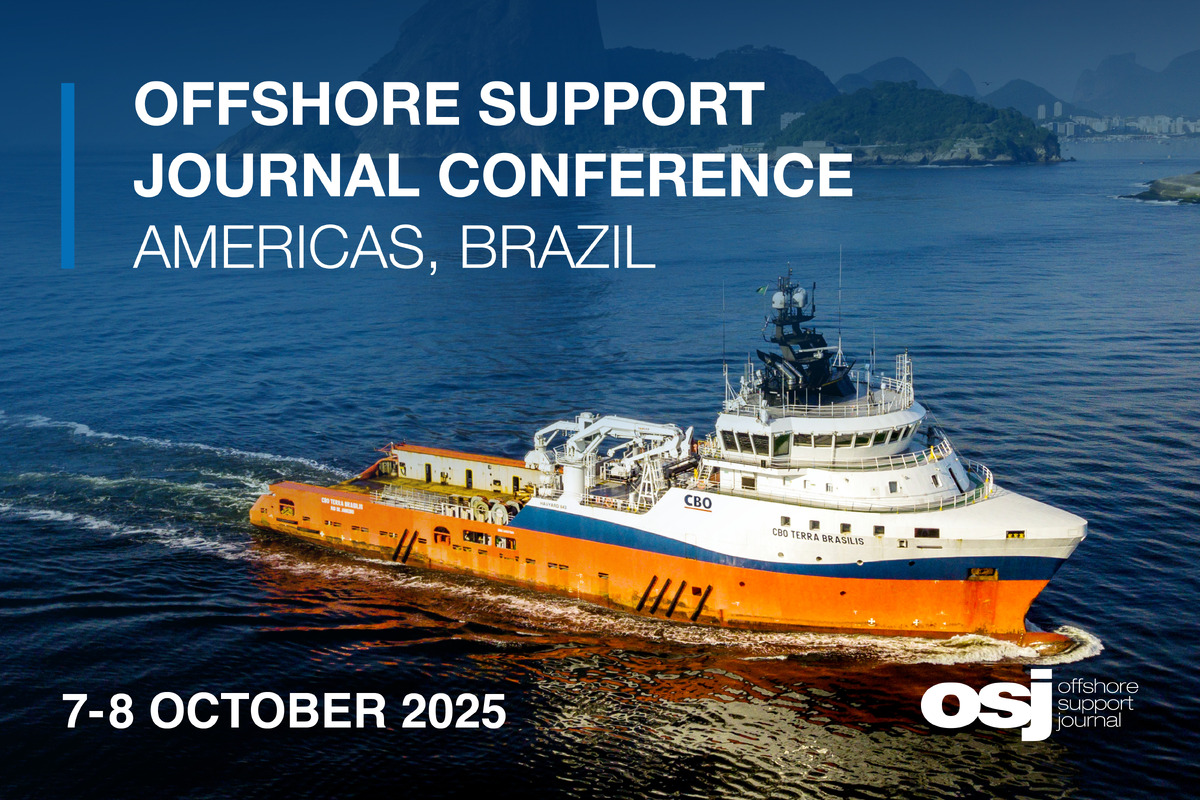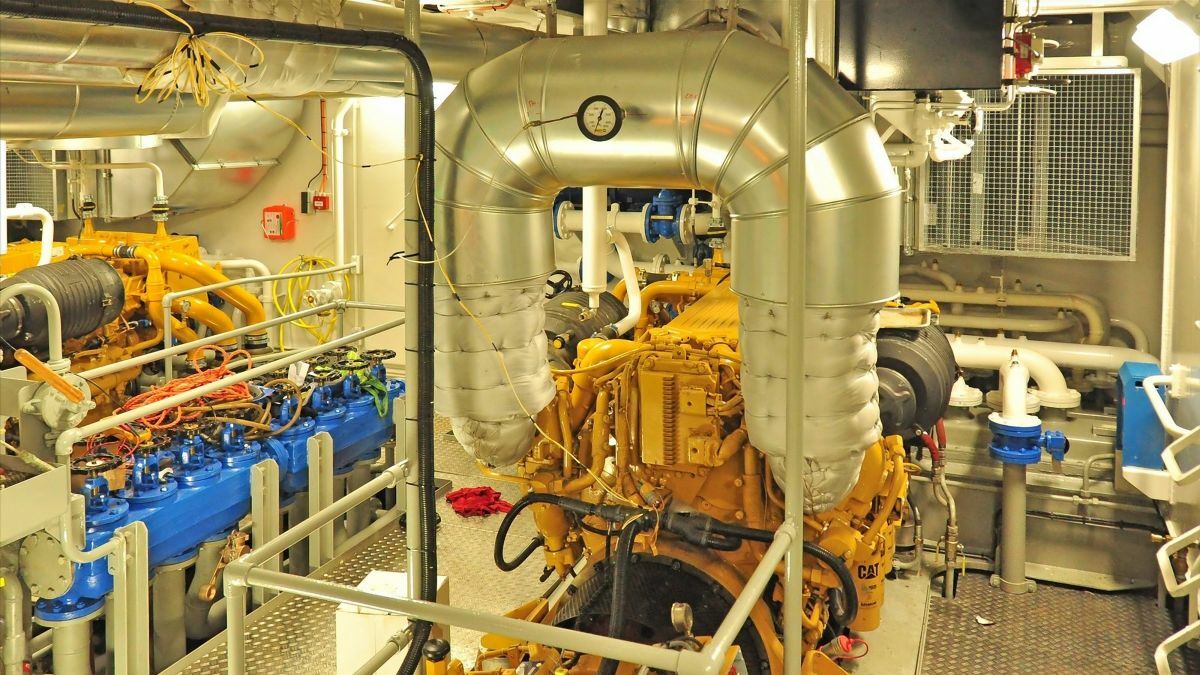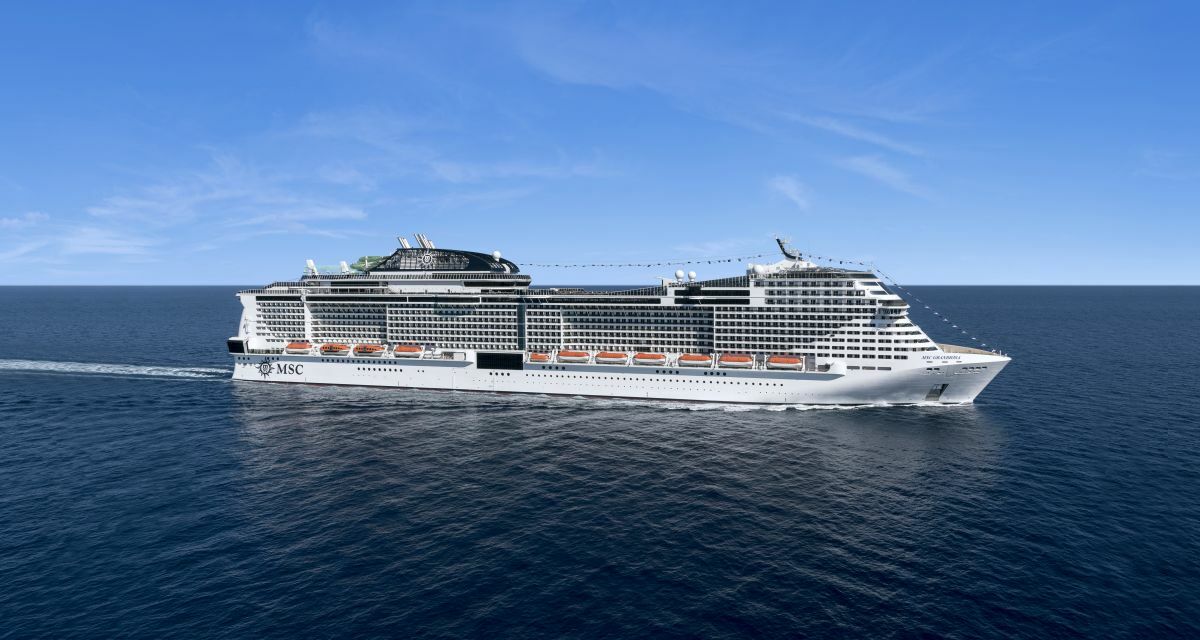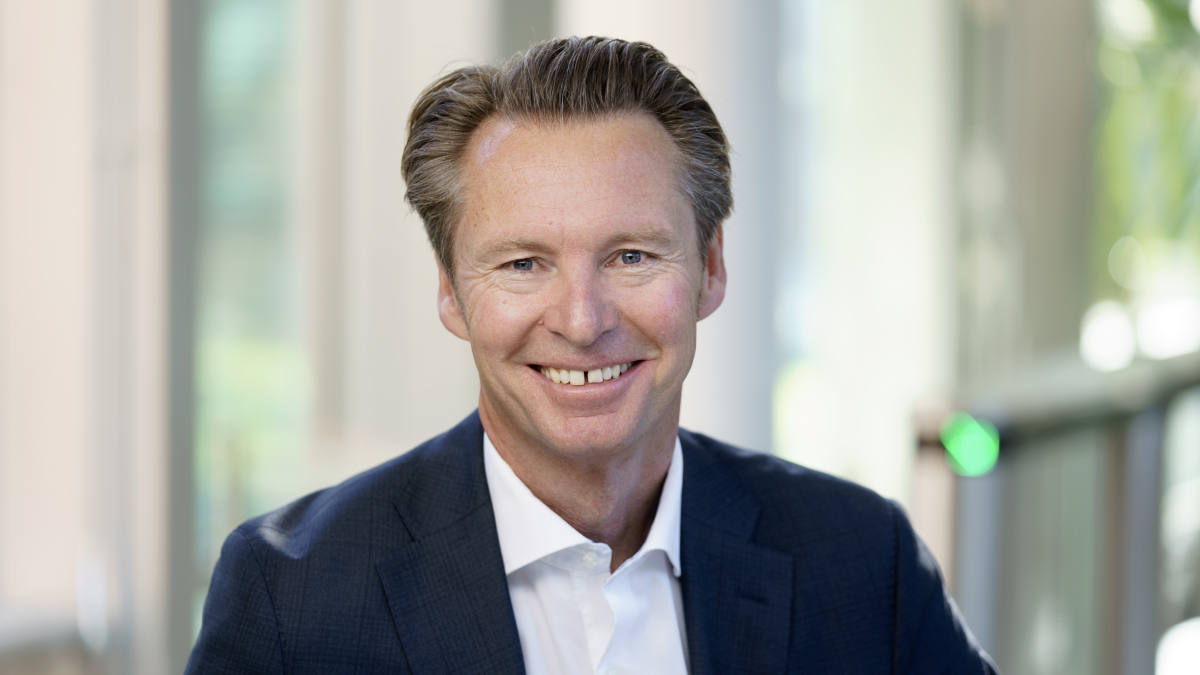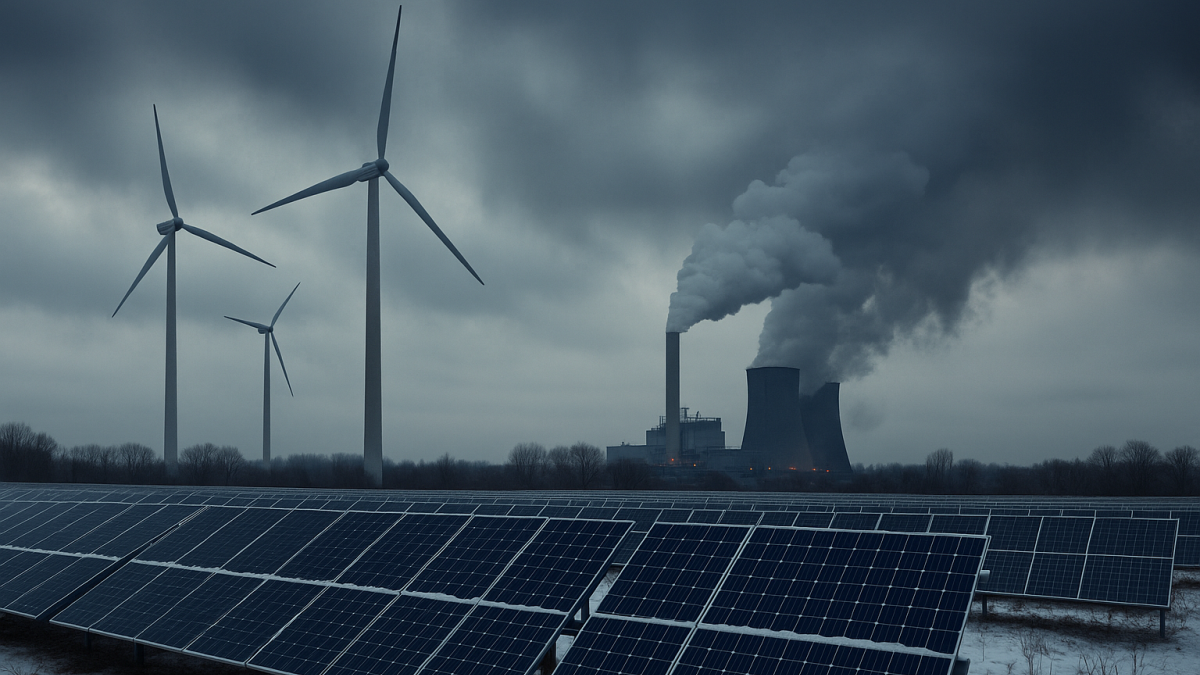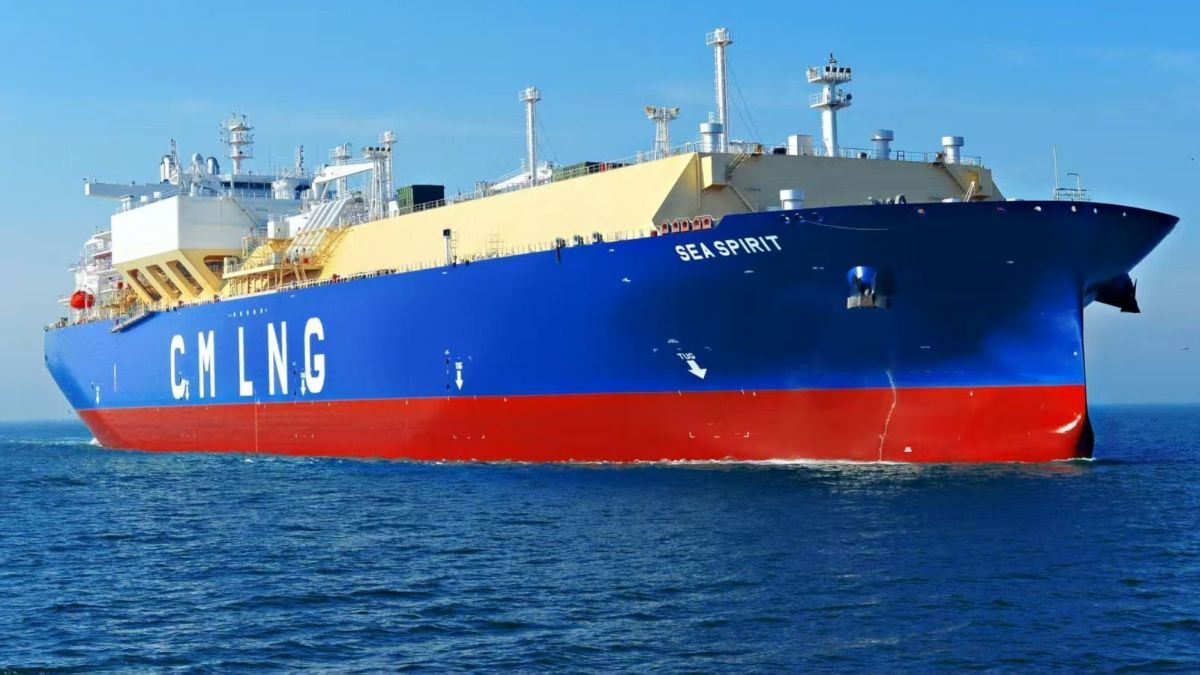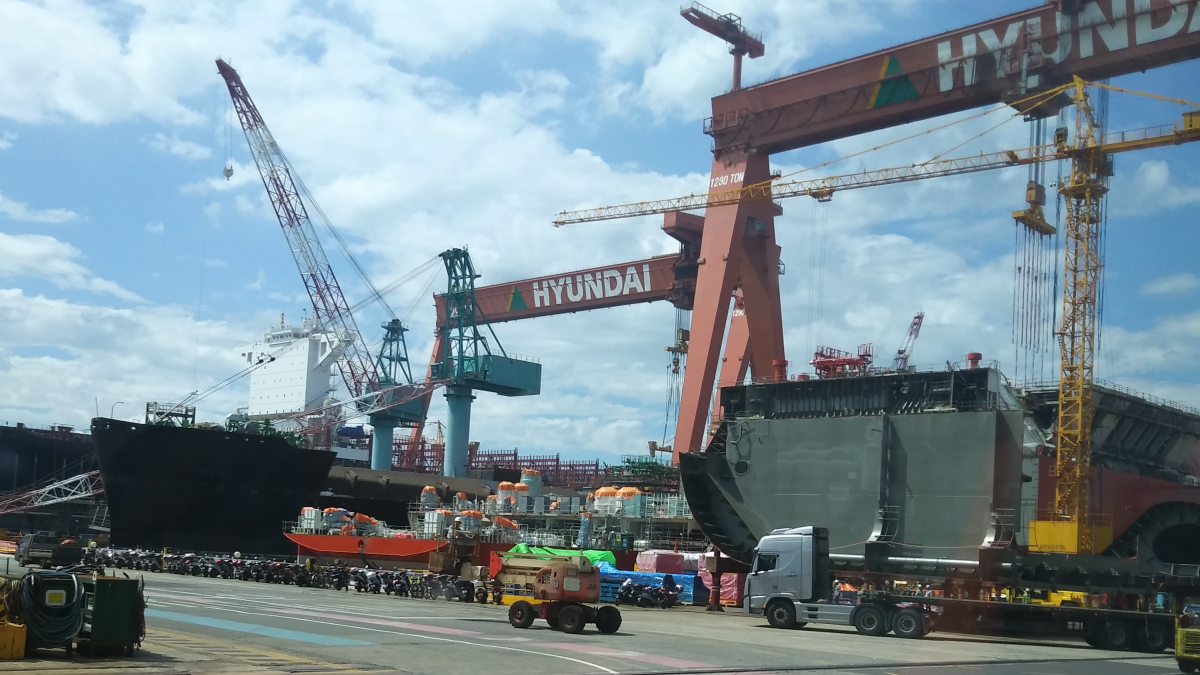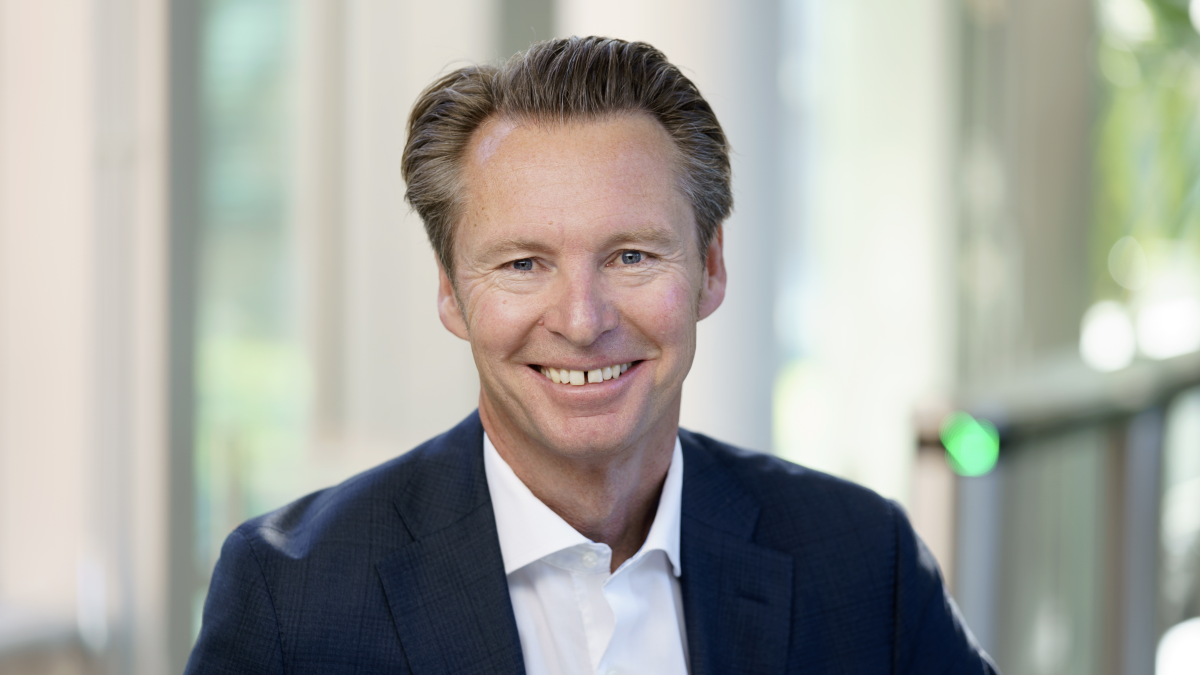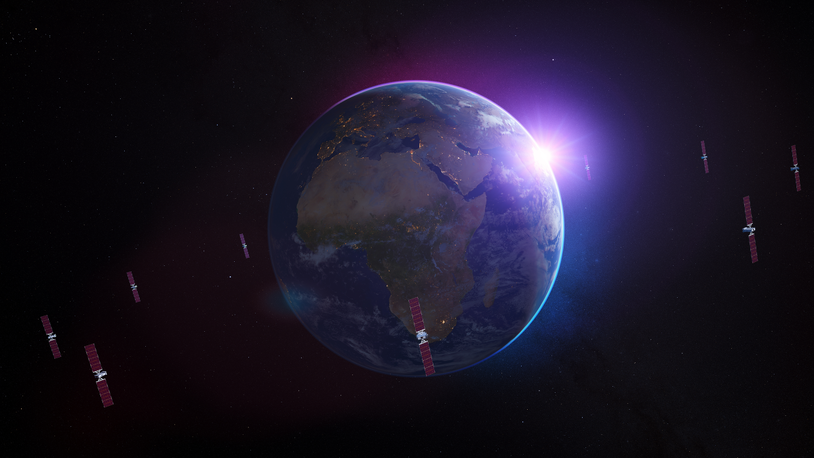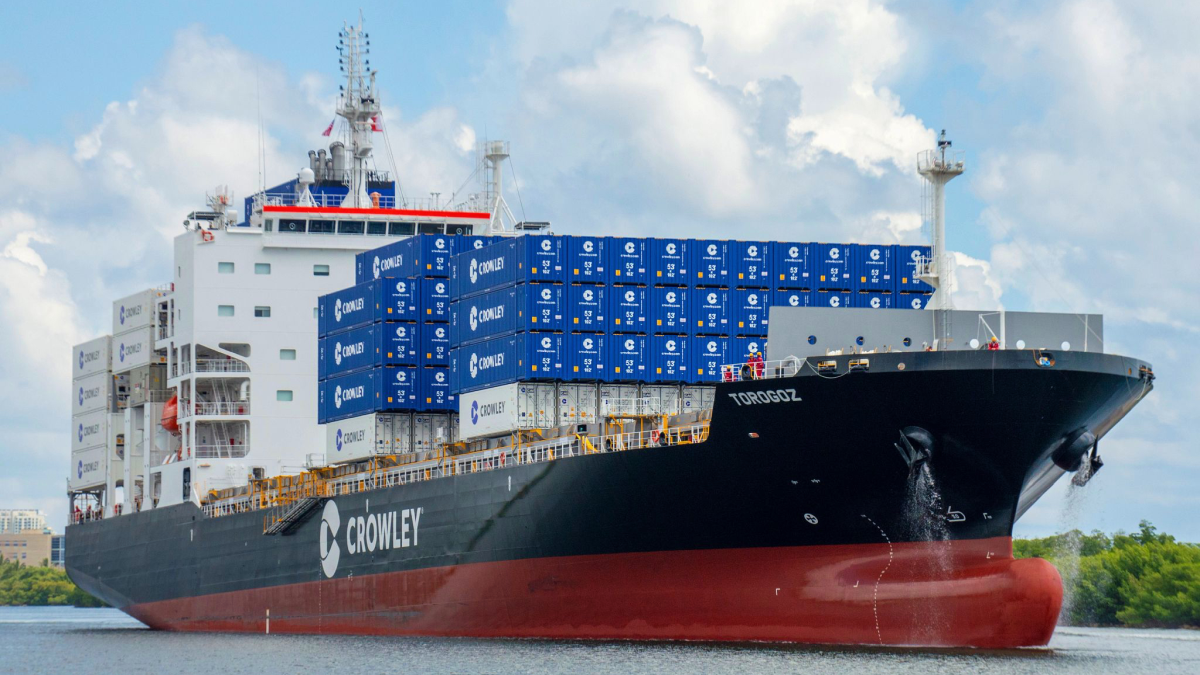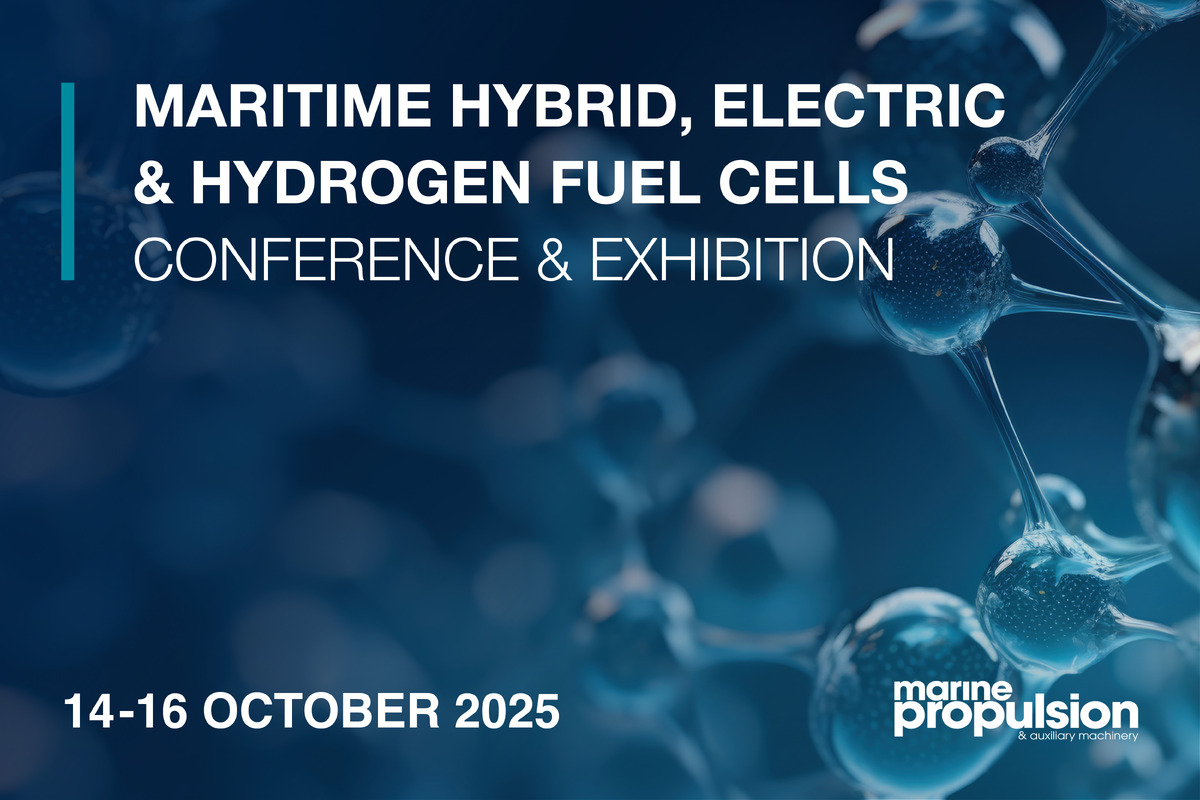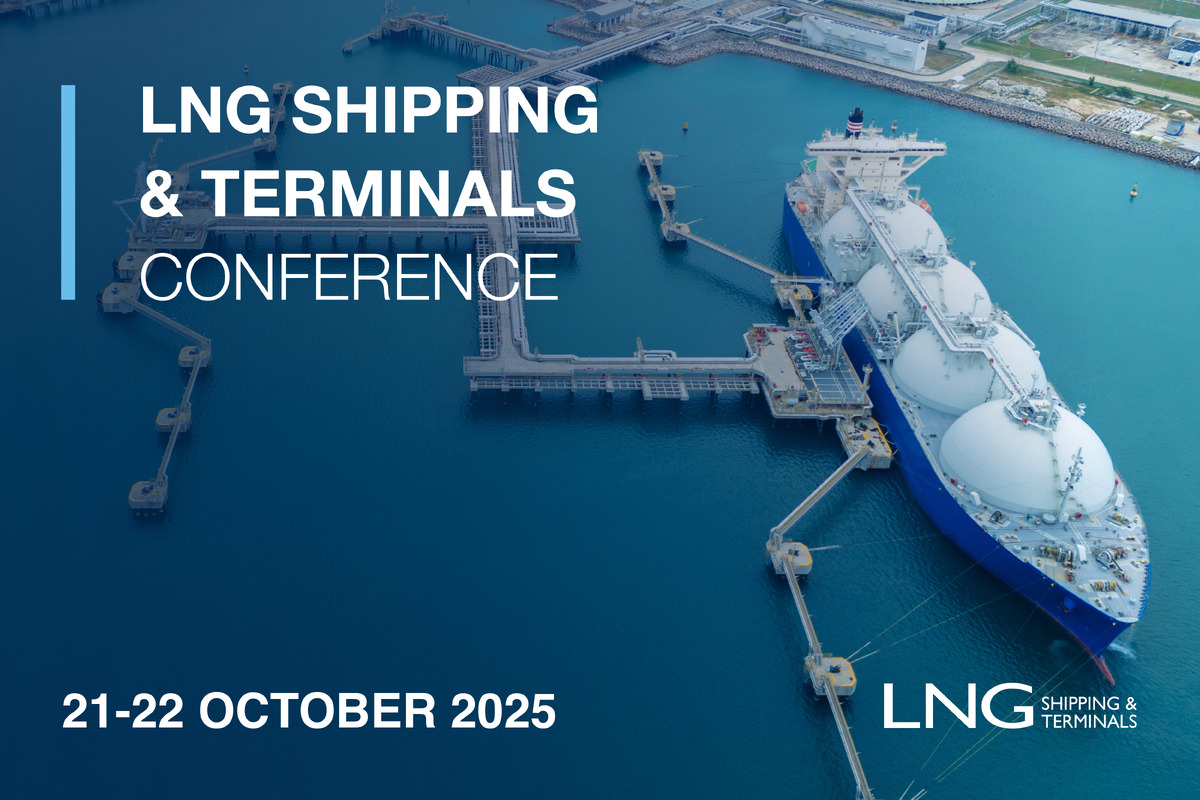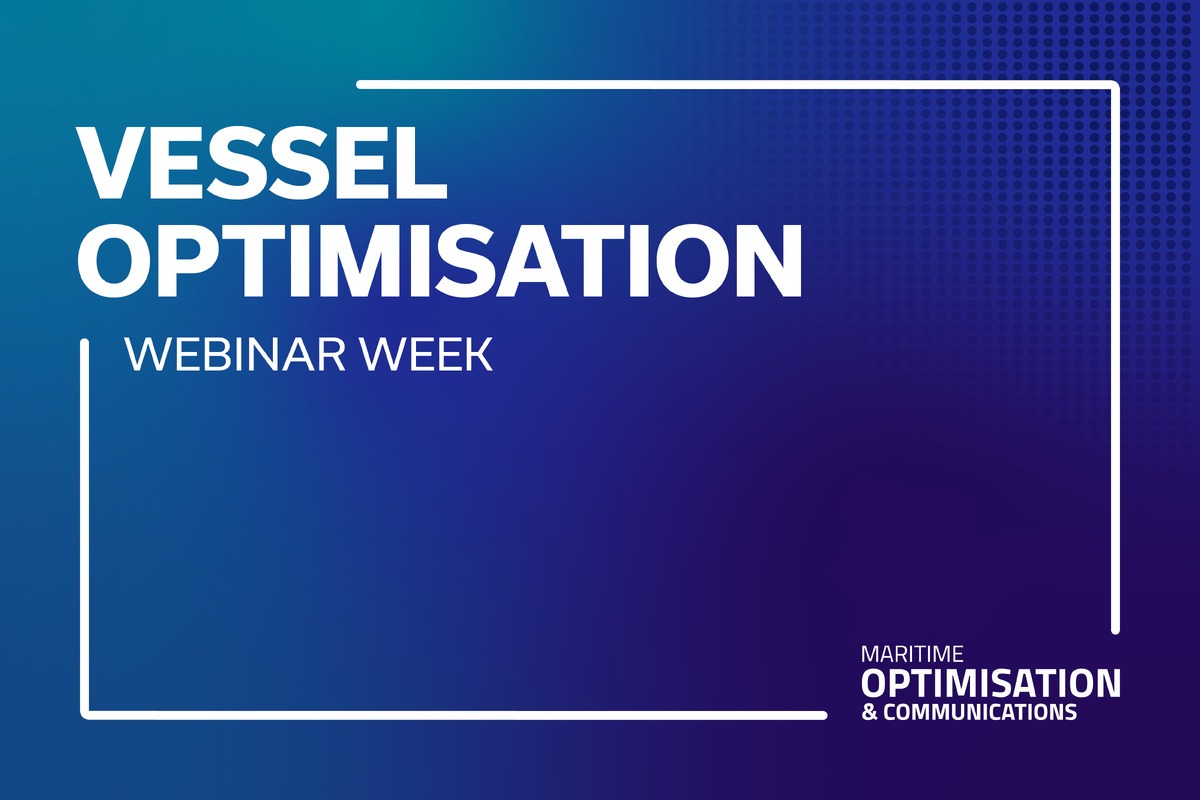Business Sectors
Events
Contents
Fuel for nought: how systems integrators can smooth any journey
In the ceaseless battle for energy efficiency, systems integrators are a vital tool. But too much of the value of fuel is still being wasted
Not even the most diligent and experienced of captains can decide which of more than 500,000 route variations is the perfect one for any particular voyage.
But that is how many options there are available for every single sailing, according to Copenhagen-headquartered Optimum Voyage. Crunching the algorithms, the company calculates the best set of way points and optimal speeds whatever the weather throws. “By bringing a freshly updated route optimisation every day during voyages, we avoid meeting any surprises in weather,” the company explains.
With an almost infinite amount of choices to be made before a voyage, how did ships’ masters cope without systems integrators? A loose term, systems integration can encompass just about any solution that marries up a load of data in ways that offer solutions beyond the capacity of the human brain, however intelligent its owner may be. As Optimum Voyage calculates, “achieving the most cost-effective voyage through constantly changing weather is a complex task that involves an infinity of solutions.”
These packages serve as the brains of the vessel, churning out a steady flow of news that crews can use. Systems integrators combine diffuse layers of subsystems into self-supporting wholes that contribute to the functioning of the vessel.
Systems integrators have become vital components of the overall goal of improving energy efficiency, fuels, propulsion, ship design and anything else that help a vessel operate to its maximum capacity. And that goal is ultimately to use less energy for the same result, thereby reducing pollutants.
“Greenhouse gas emissions (GHG) will be the main challenge for the next decades,” explains class society DNV GL in its maritime forecast to 2050. “Operational and technical energy-efficiency measures complement the fuel options,” it explains, citing lower speeds as an important fuel-saver along with developments in batteries, drag reduction, materials science, and propulsion as big contributing factors.
Operationally, even small individual gains add up to worthwhile overall savings. Shipping companies collectively stress the importance of the most efficient trim and ballasting, hull and propeller cleaning, improved engine maintenance, optimised weather routing and scheduling. All of the above, predicts DNV GL, will “provide the basis for key specifications of new ship concepts to reduce energy losses and improve overall performance.”
Sounding a warning note, the report points out however that at present most of the value of the fuel consumed is wasted: “Only a fraction of the fuel energy going into a ship’s main engines ends up generating propulsion thrust – the rest is lost as heat.”
Middleman
This is clearly a problem for the future. Meantime though, ship’s crews must work with what they have – and here systems integrators occupy a vital middleman-type role lying somewhere between the vessel and its management, both on and offshore. Not only is their contribution toward the holy grail of decarbonisation much more easily measurable, the savings are indisputable.
“One striking finding is that investing in energy efficiency and reduced carbon footprint beyond current standards seems to increase competitiveness over the lifetime of the vessel,” concludes DNV GL, which has devised the Cossmos platform to make life easier for ships masters and management by accumulating “techno-economic comparisons of alternative designs and operations”.
Kongsberg Maritime’s system, Energy Management 2.0, provides a good example of what the class society is referring to. The package is designed to make life easier for the crew and company by pulling together a mass of sensor-driven data that helps greatly towards making the vessel more energy efficient. Up on screen for all to see is energy usage, fuel consumption, operating costs and a multitude of other functions that ultimately go to the bottom line. Located on the engines, propulsion and automation systems, deck machinery and any other relevant equipment, the sensors log information at frequent intervals and bundle it all up in real time.
It is here that systems integrators distinguish themselves. By sorting the information through a kind of hub and organising it in order of importance, these packages in effect declutter the data.
Kongsberg’s approach is to present the key elements of the data in a graphic form. In practice, that relates to the efficiency and overall performance of the vessel, reflecting a wide variety of IMO and EU regulations.
Systems integrators are seen as extremely useful in managing Ship Energy Efficiency Management Plans (SEEMP). Because it is ship-specific, SEEMP encompasses the particular route, type of vessel, nature of cargo carried and the way it is handled, maintenance of the hull and propulsion system, recovery methods for waste heat, and thoroughness of record keeping among others. As legal firm Maritime Law explains: “The primary objective of SEEMP is to improve the overall operating efficiency of the ship on a long run by implementing correct and optimised methods for energy and fuel saving.”
SEEMP is a regulation that demands detailed record keeping, which is why Kongsberg’s package automatically logs and stores mission-critical numbers so they can be pulled out for verification and reporting functions, of which there will be many. Kongsberg has also future-proofed the system by building in room for future regulations and consequent reporting obligations.
And because the data is relayed back to headquarters in deeply encrypted form via a Kongsberg-hosted web portal onshore, it allows managers to measure relative performance across the fleet in vessel-to-vessel comparisons.
A mine of information
Thus systems integrators deliver cost-saving data that can be mined right across the fleet. And it is here that sensors reveal so much. Take the humble fuel pump, an item of equipment that, say manufacturers, is often bought on price rather than on quality in newbuilds. Engineroom management systems show however that some pumps can slash fuel usage by as much as 25% compared with less efficient alternatives.
For instance, Desmi Automation calculates that its Optisave, a technology that manages pump and fan speeds at critical zones, can knock 700 kwh off the annual power consumption of a bulk carrier and close to 2,000 kwh off a container ship.
Fuel prices can account for up to 60-70% of total ship operating costs. Fuel consumption varies considerably between major ship types of course, depending on what they are doing. While stationary, vessels consume at a rate of 15%, just 1% when manoeuvring and 84% when cruising. But these are blanket figures – oil tankers, for instance, consume about 30% when stationary compared with bulkers (less than 10%), container vessels (10%) and other cargo vessels (about 15%).
Slow or fast
Although slow-steaming is emerging as a possibly mandated emissions-reducing tactic, it is a complex issue. As DNV GL points out, if a ship can get in and out of port quickly enough, it can use the time it has saved while tied up to save a lot of fuel by reducing speed on its next passage. That is because fuel consumption does not increase linearly with speed, but exponentially. However, if ports cannot turn the ship around quickly enough, “timetables and schedules must be changed and more ships deployed to maintain the total transport capacity,” adds DNV GL, which of course defeats the original purpose.
The answer probably lies within the systems integrator.
The perfect voyage
When one of James Fisher & Sons’ specialist petrochemical tankers takes to sea, it leaves port bristling with tags and sensors that pump out an endless stream of highly specific, proprietary information that helps captain and crew achieve a voyage that is as near perfect as possible.
Developed by defence giant BAE’s maritime division and data management group OSIsoft, the Sea-Cores package provides the tanker’s crew with nine tools that deliver a digital heads-up of the vessel’s progress at sea. These comprise meters that measure fuel flow, vibration monitoring, digital torsion and power use. There is also a voyage data recorder, a pitch/roll trim monitoring system and a GPS positioning system.
BAE typically finds the package pays for itself in 12 months, especially in fuel savings. For example, a company with a 25-ship fleet spending £700M (US$933.5M) year on fuel could save £35m (US$46.7M), thus trimming costs on fuel alone by 5%. In some cases, Sea-Cores has achieved savings of up to 20% and BAE believes even bigger savings are possible as shipping companies become more familiar with the product.
And that’s just fuel. By monitoring the condition of the hull – for instance its drag through the water, the stresses and strains it undergoes, and other consequences of bashing through the world’s oceans – Sea-Cores significantly reduces wear and tear on the vessel.
When BAE first confronted the job of improving energy efficiency for its many sea-going customers, the defence group faced a big-data challenge. It recognised the solution would have to monitor all the operating parameters, rather than just one such as fuel costs, or even just a few of them. This was because one parameter impinged on the other.
As BAE’s head of engineering and energy services in the maritime division Chris Courtaux pointed out: “Optimising [just] one operating parameter can be detrimental to overall performance.”
Thus, multi-dimensional data – systems integration – was required. For instance, one of the many seemingly conflicting issues BAE faced in juggling parameters was the relationship between reduced engine speed, reliability and vibration. Another was the link between fuel savings and the trim of the vessel. For good measure the data also had to encompass weather and sea conditions, navigation and routing, hull condition, hull and plant vibration, torque, fuel flow – everything that might lead to the perfect voyage.
And back on dry land, head office can study profiles of engine usage and electrical demand. Naval architects can learn how ships pitch and roll among other behaviour in various conditions, an invaluable source of information that can be utilised for future designs.
Related to this Story
Events
Offshore Support Journal Conference, Americas 2025
LNG Shipping & Terminals Conference 2025
Vessel Optimisation Webinar Week
© 2024 Riviera Maritime Media Ltd.
